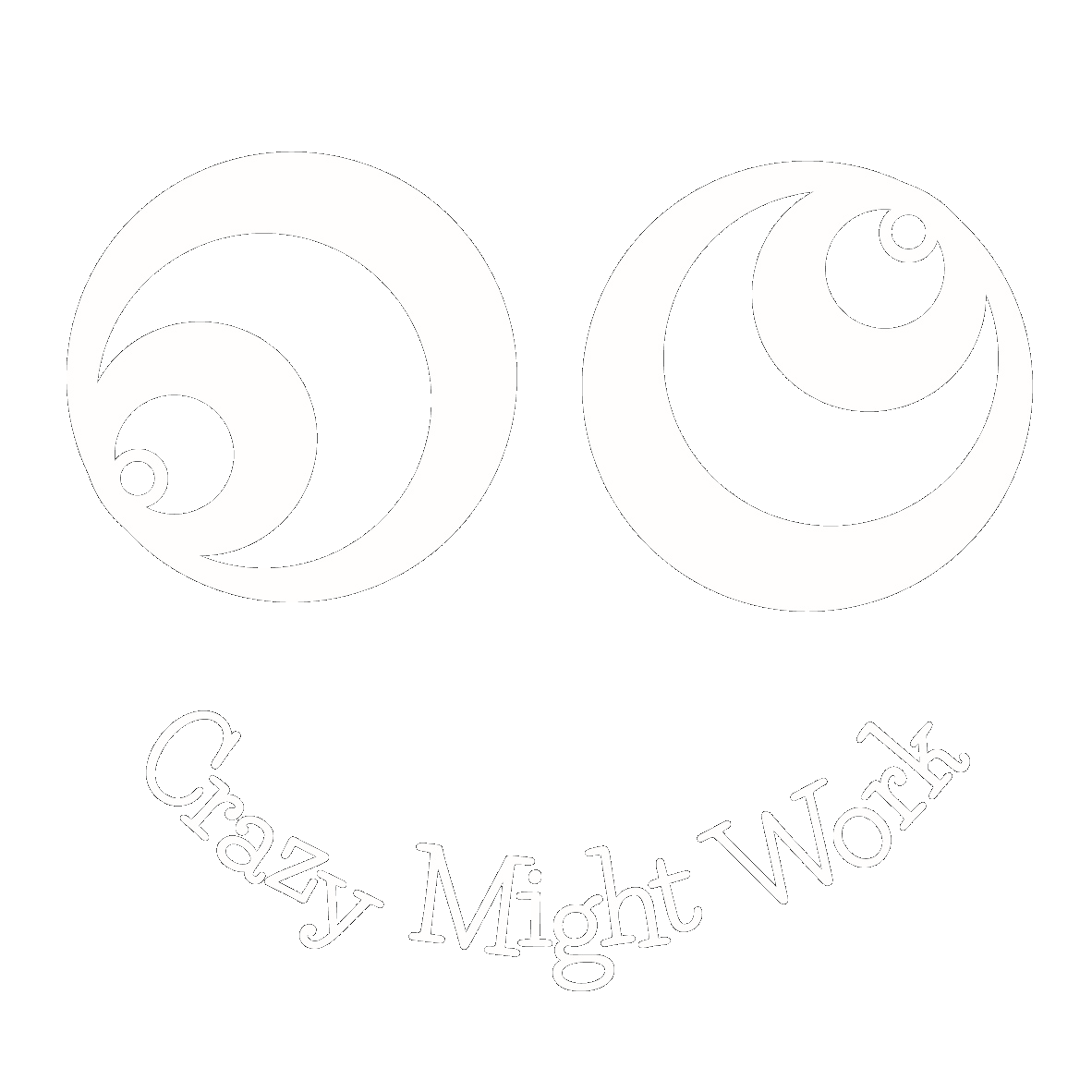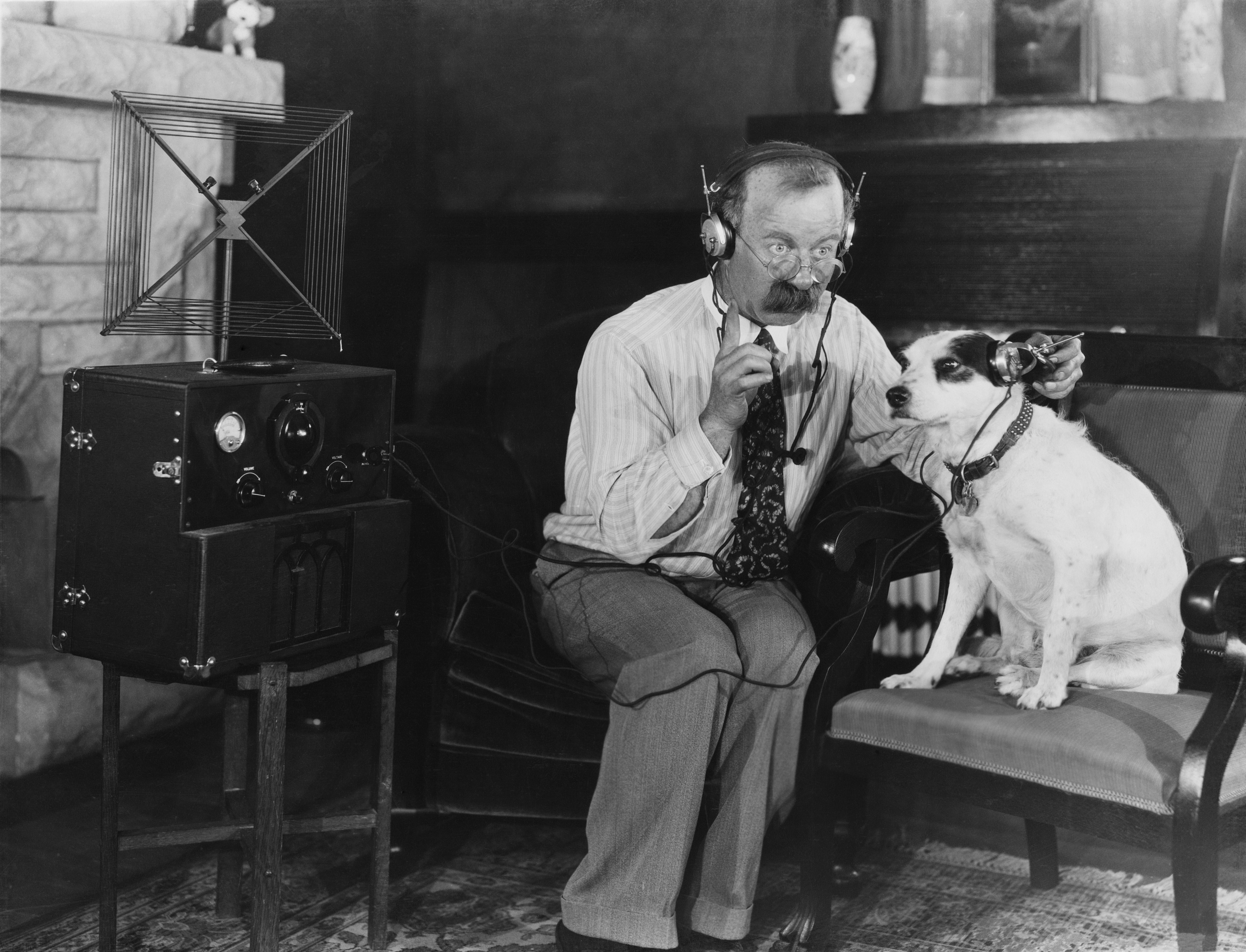Mindfulness and Innovation
Paul Hawkins from Crazy Might Work spoke with Australian actor Steve Vella, founder of The Present Sense and one of Australia’s highest profile actors, with an international career spanning over 20 years in film, television, TV commercials, corporate videos and theatre (including roles in major films such as The Matrix: Reloaded and Little Fish). Steve has learnt the value of being fully present as an actor, this combined with 25 years of training with a Shaolin Master, makes him a true expert in the practice of mindfulness.
Before the COVID-19 pandemic struck, mental health topped the list in worker’s compensation claims and, whilst this has temporarily given way to a more immediate existential threat, there can be little doubt that the isolation and anxiety that is now being experienced so widely, has escalated it to new heights. Crisis support service Lifeline have reported a 20% spike in the number of calls relating to the Coronavirus outbreak increasing to 3,000 per day, exceeding those seen during Australia’s summer bushfire crisis. So, for all of us dealing with a rapidly mutating new ‘normal’, is there anything that the practice of ‘mindfulness’ can offer?
The evidence for mindfulness
There is substantial research supporting the role that meditation and mindfulness can play in mental health and stress reduction by directing attention away from negative thoughts and allowing us engage more fully and positively with our current reality. Research suggests that meditation is beneficial for a variety of conditions including, hypertension (high blood pressure), stress, anxiety, chronic pain, insomnia, depression and that it may decrease job burnout, improve diabetes control and improve quality of sleep (David & Hayes, 2011; Kemg, Smoski & Robins, 2011).
What is mindfulness?
Mindfulness is a form of meditation where the focus is on becoming deeply aware of what you are sensing in the moment, without interpretation or judgement. It can incorporate visualisation, breathing methods, music or mantras to relax the body and mind.
Acting and mindfulness
“Acting is very much about being fully present…it is inherently a mindfulness practice…So, being a good actor it is very much about being present on stage and being with the person that you are acting with…the moment that you get distracted and go into your head and you begin to judge what you are doing…you become less interesting to watch”. As Steve so eloquently describes it, mindfulness “is a wonderful step out of the mind, out of the default mode of constant self-judgment and coming into the here and now, and the here and now is kind of perfect!”.
Mindfulness and virtual reality
Steve made the serendipitous connection between virtual reality and mindfulness several years ago. He had been playing with a new virtual reality gimmick called Google Cardboard, “What it did was take you to cities around the world in 360 degrees, and I was fascinated by it. It made you feel like you were in Madrid or Brazil! Then one day my wife came home very upset (virtually in tears) and I convinced her to take a break and put the goggles on. – within 30 seconds, she went from a stress level of 9 or 10 to giggling and then laughter! I was totally fascinated and realised there and then that we could use virtual reality to change the focus of attention, and perhaps even training it!”
‘Where your attention goes, energy flows’
The Economics of Mindfulness
So there is compelling evidence for the benefits of mindfulness in the context of mental and physical health, but is there a business case for it? The term ‘to pay attention’ dates back to the 1600’s and is fascinating because it makes the connection between attention and currency. In a society where there is no shortage of information (be it ‘news’, entertainment or education) commentators have coined the term ‘infobesity’ to describe the over-feeding of our minds with excessive cognitive calories and not much by way of neural nutrition! Marketers refer to the ‘eyeball economy’ and lament the increasingly tortuous task of capturing and holding audience attention (Romaniuk & Nguyen, 2017). With the proliferation of technology and devices came the expectation that our human somehow evolve in parallel to process all the ones and zeroes, but it turns out that we are not very good at sharing attention. If you think about the experience of listening to two different songs in parallel, or trying to eavesdrop on a conversation whilst participating in another – you will recall how we tend to drop one track to focus on the other – often returning to the former conversation in a very ‘absent-minded’ way! In fact, research has entirely popped the multi-tasking bubble, demonstrating that our comprehension skills are reduced to those of a child with a bad case of ADHD (Charron & Koechlin, 2010).
We asked Steve whether attention is purely about concentrating on one thing at a time?
“Where your attention goes, energy flows…so what is this energy? In the West, we talk about the bio-electricity of the body, whilst in Asian cultures they talk about ch’i and Indian cultures they might refer to prana. In the West we don’t respect or understand it as well as we could…We waste it because our untrained attention goes into, by default, our minds – that’s the way we’ve been educated…If you begin to feel this energy, then you begin to respect it a little bit more and realise that there is a choice that you can make about where you direct it”.
What does it mean to ‘live in the present’?
In his book, The Power of Now, bestselling author Eckhart Tolle provides the following explanation, “By focusing only on the present – and ignoring the past or future – you can greatly improve your life. We tend to live in the past and in the future. One moment we’re reminiscing or regretting, the next we’re planning or worrying. Meanwhile, we neglect the one moment that is fully available to us: the present. Now. Only the present is important because nothing ever occurs in the past or future; things happen only in a continuous stream of present moments. Whenever you feel something, that feeling is experienced in the present, because your senses can only give you information about this specific moment. So when we say that something happened in the past, that’s not quite true: it actually happened in a single, present moment. Indeed, what we call ‘the past’ is really a collection of once-present moments that have passed. Likewise, ‘the future’ is made up of present moments that have yet to arrive. As this suggests, there are no advantages to worrying about the future or dwelling in the past, but there are many to living ‘in the now’. If you manage to achieve that, you’ll experience no major problems, just small ones that can be dealt with as they arise”.
Mindfulness and Innovation
Mindfulness has relevance in every stage of the innovation process, but none moreso than when we are seeking non-obvious insights to drive original solutions. Recent research in social neuroscience has taught us a great deal about the development of insight and we now understand that ‘insight’ is more than just an idea – it is accompanied by a physiological process, with a unique neural and chemical signature, and this can be observed via fMRI, EEG, blood, skin conductance and other methods (Hao et al., 2013; Subramaniam, Kounios, Parrish & Beeman, 2008).
Crazy Might Work’s Disruptive by Design® process seeks to induce insight through ethnographic observation techniques, which have been shown by other research to generate cognitive flexibility, leading to more original (and useful) solutions. Kelly B. Herd and Ravi Mehta (2017).
However, true insights rarely emerge in the workplace, principally because they require a unique set of conditions (Gilhooly & Murphy, 2005). In its nascence, an insight is like a faint light reaching us from a distant galaxy and we need to turn down our own ambient brightness in order to see it! The conditions required for forging mind-expanding new neural connections are quite demanding. According to neuroscientists, we need to be:
1. Feeling safe;
2. Moderately positive;
3. Slightly introspective;
4. Free of strong visual stimulation; and
5. Not consciously thinking about the problem.
Little wonder that real insights are hard to come by!
However, electroencephalogram (EEG) studies suggest that both mindfulness and insight are characterised (or preceded) by ‘alpha’ brain waves associated with ‘mind wandering’ and a quietened prefrontal cortex (Hao et al., 2013). So, in a world where stimulation and distraction are constant, mindfulness and ‘attention training’ can help us create the conditions for insight. If this seems a little ‘fluffy’ to you, try one of the mindfulness practices suggested below once you have a well-formulated research or innovation question, and have completed some form of initial discovery:
Some simple ways to experiment with mindfulness
- 1. Closet Creative: You know that wondrous feeling of being on an overseas or interstate holiday, with the heightened presence and alertness, inspired by your new surroundings? When you are in a strange environment, you automatically become more alert, present and mindful, simply because your senses are on overdrive, taking in all the fresh stimuli. It can feel electric, as if your system has been re-booted. Search for those pockets of electricity by seeking out variation and mixing up your routine, stopping at a new café, walking home along a different street, getting off one bus stop early, or cooking a new dish.
- 2. Autotelic Autopilot: ‘Flow’ is the mental state in which a person performing an activity is fully immersed in a feeling of energized focus, full involvement, and enjoyment in the process of the activity. It is characterized by the complete absorption in what one does, and a resulting transformation of one’s sense of time (coined by psychologist, Mihály Csíkszentmihályi in 1975). We all have things which we love to get lost in – activities which seem to ground us like, exercising, cooking, gardening, listening to music, writing, dancing, painting, or even folding towels! Whatever activity that is for you, engage in it daily and practice pouring all of your attention into the present moment. When you feel the need to start planning ahead, gently train your attention back to the thing you love, and keep doing this until the activity is over!
- 3. Meditation Method: If you enjoyed that, you may be ready to try something a little more focused. Give this simple meditation practice a go: Sit quietly and focus on your breathing. Eyes closed, concentrating on your breath moving in and out of your body. Try doing it for even one minute a day and notice how challenging it is to keep your attention trained on something so simple!
- 4. Relaxation Ritual: If you are ready to start heading up the mountain, you can extend the previous exercise with a little ‘body scanning’ which can be done either seated or lying down: Starting from your toes and working up to your head, you simply focus attention on one segment of your body at a time, in sequence, noticing the sensations (somatosensory feedback) coming from each area (such as warmth, pressure, muscle tension or relaxation). Move from your feet to your head, tensing and then relaxing that muscle group and enjoying the sensation of ‘heaviness’ as you release the tension in that area. The 5-10 minutes that it takes to do this might seem like a lifetime the first time you do this and you will have to direct your attention back to the activity dozens of times, but, if you persevere, you will notice what an incredibly relaxing and mind-focussing exercise it is.
Once you have achieved a relaxed, reflective state using one of these methods, notice what subtle ideas occur to you. Make sure you have a pen and pad to hand to write these down (as the ancient Chinese proverb says, “The faintest ink is better than the best memory”) – especially true when it comes to emergent insights. I would love to hear about your experience of this, so please reach out to share with me at: [email protected]
References
Charron, S. & Koechlin, E. (2010). Divided representation of concurrent goals in the human frontal lobes. Science, 328(5976), 360-363. doi:10.1126/.1183614
Davis, D. M., & Hayes, J. A. (2011). What are the benefits of mindfulness? A practice review of psychotherapy-related research. Psychotherapy, 48(2), 198-208. doi:org/10.1037/a0022062
Gilhooly, K. J. & Murphy, P. (2005). Differentiating insight from non-insight problems. Thinking & Reasoning, 11(3), 279-302. doi:10.1080/13546780442000187
Hao, X., Cui, S., Li, W., Yang, W., Qiu, J. & Zhang, Q. (2013). Enhancing insight in scientific problem solving by highlighting the functional features of prototypes: An fMRI study. Brain Research, 1534(1), 46-54. doi:10.1016/j.brainres.2013.08.041
Keng, S. L., Smoski, M. J. & Robins, C. J. (2011). Effects of mindfulness on psychological health: A review of empirical studies. Clinical psychology review, 31(6), 1041–1056. doi:10.1016/j.cpr.2011.04.006
Romaniuk, J. & Nguyen, C. (2017). Is consumer psychology research ready for today’s attention economy? Journal of Marketing Management. 1-8. doi:10.1080/0267257X.2017.1305706.
Subramaniam, K., Kounios, J., Parrish, T. & Beeman, M. (2008). A Brain Mechanism for facilitation of insight by positive affect. Journal of Cognitive Neuroscience, 21(1), 415-32. doi:10.1162/jocn.2009.21057.


